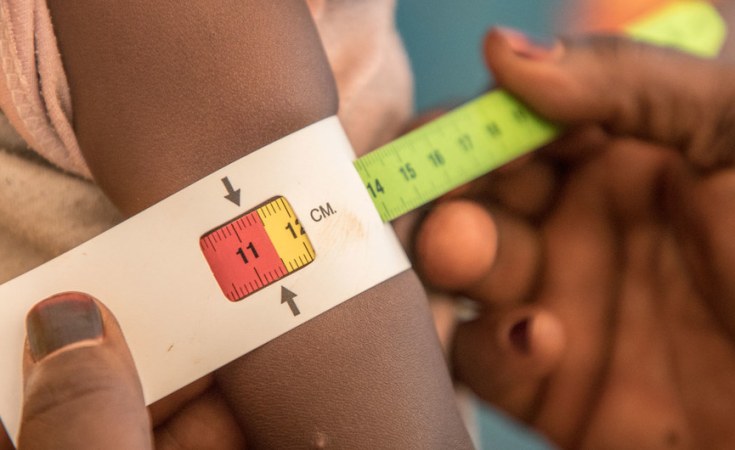Bukoba — KAGERA: THE rate of stunting among children aged below five years in Kagera Region has significantly improved from 41.7 per cent recorded during 2020/21 to 34.6 per cent this year, it has been disclosed.
Kagera Regional Medical Officer (RMO), Dr Issessanda Kaniki explained that in spite of the improved nutrition status recorded, more efforts were still needed to make Kagera Region malnutrition- free.
"Poor nutrition is a significant compounding factor in child mortality. In spite of the improved nutrition status recorded, more efforts were still needed to make Kagera Region malnutrition- free. It is also imperative that all children get good health care, nutrition and education. Children must also be protected from all sorts of harm, abuse and discrimination," he said.
Dr Kaniki explained that Kagera Region has enough food commodities with an annual yield of about 650,000 tonnes of bananas. Banana is an economic backbone of Kagera residents, comprising 2.9 million people.
Tanzania's statistics indicate that as of November 2021, about 31.8 per cent of children under five years suffered from chronic malnutrition in the country.
The lack of adequate nutrients over a long period leads to stunting in children, which means the children were too short for their age.
At the same period, 3.5 per cent of the children were affected by acute malnutrition, which concerns a rapid deterioration in the nutritional status over a short period of time.
According to the 2018 SMART survey, 32 per cent of children under five years were stunted, which is a significant decrease from 35 per cent in 2014.
The most affected regions with a prevalence of stunting exceeding 40 per cent were Njombe (54 per cent), Rukwa (48 per cent), Iringa (47 per cent), Songwe (43 per cent), Kigoma (42 per cent) and Ruvuma (41 per cent). In Zanzibar, stunting rates ranged from 20-24 per cent in Stone Town and Unguja North, respectively.
As of November 2021, about 31.8 per cent of children under five years suffered from chronic malnutrition in Tanzania. The lack of adequate nutrients over a long period leads the infants to growth failure.
At the same period, about 3.5 per cent of the children were affected by acute malnutrition, which concerns a rapid deterioration in the nutritional status over a short period of time.
Malnutrition is a leading cause of morbidity and mortality in children under five years of age. It contributes to between 3-4 and 5 million annual deaths among under-five children.
According to the World Health Organisation (WHO), about 60 per cent of deaths occurring among under five children in developing countries are contributed by malnutrition (WHO 2013). Undernutrition also results in several effects.
Apart from its effect on physical growth, child undernutrition affects cognitive development and the Intelligence Quotient (IQ) of the child, resulting in delayed enrolment, higher absenteeism and poor performance in school.
Investing in nutrition is essential for Tanzania to progress. It is estimated that the country will lose 20 billion dollars by 2025 if the nutrition does not improve. In contrast, by investing in nutrition and improving nutritional status, the country could gain up to 4.7 billion dollars by 2025.
Article 5 of the African Charter on the Rights and Welfare of the Child has this to say...." Every child has an inherent right to life. This right shall be protected by law", while Article 14 stipulates in part that...." Every child shall have the right to enjoy the best attainable state of physical, mental and spiritual health".
In Tanzania, it is imperative that all children get registration at birth. This is a legal right. It is also imperative that all children get good health care, nutrition and education. Children must also be protected from all sorts of harm, abuse and discrimination.


